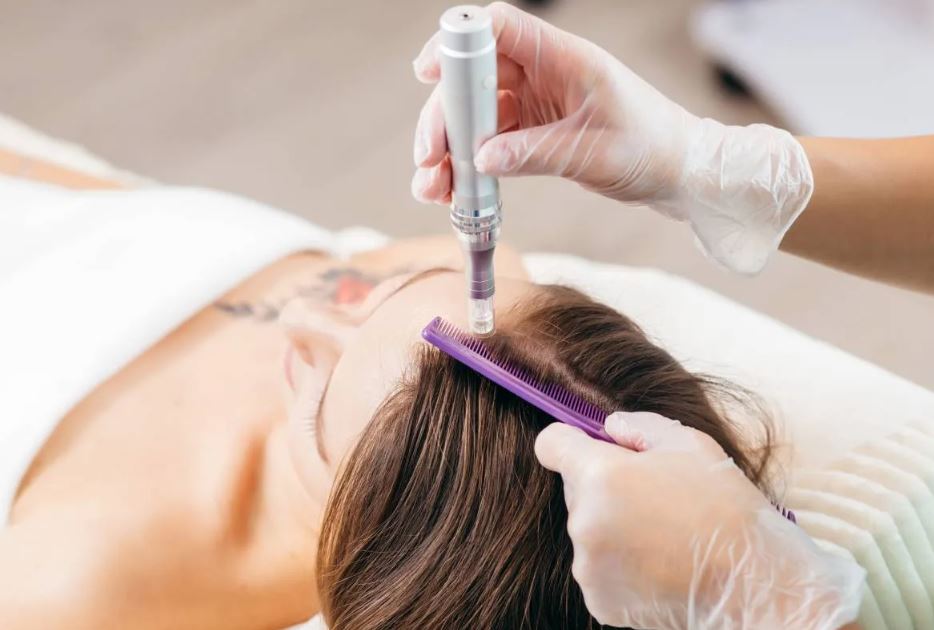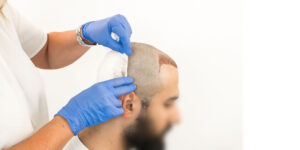In the ever-evolving world of aesthetic medicine and hair restoration, one treatment has captured the attention of both practitioners and patients alike: Platelet-Rich Plasma (PRP) therapy for hair loss. Initially regarded as a niche procedure, PRP has surged in popularity and profitability, transforming into a $500 million global industry—and it’s showing no signs of slowing down. Among those exploring their options, many wonder about PRP hair treatment cost, especially as the procedure becomes more accessible worldwide. As the technology and demand advance, understanding what’s driving the PRP boom is essential for both consumers and industry professionals.
From Experimental to Mainstream
PRP was once considered an experimental option for hair regrowth. Derived from a patient’s own blood, the treatment uses a high concentration of platelets that are separated via centrifugation. These platelets contain growth factors and cytokines that promote healing and regeneration. When injected into the scalp, they stimulate dormant hair follicles, improve blood supply, and encourage thicker, fuller hair growth.
Ten years ago, few clinics offered PRP for hair loss, and even fewer people knew it existed. Today, it’s a core service in dermatology clinics, med spas, and even some hair salons. It’s no longer limited to celebrities and high-profile individuals; PRP is increasingly viewed as a viable first-line treatment, especially for those in the early stages of hair thinning.
The Surge in Popularity and Market Expansion
So what explains the astronomical growth of the PRP hair industry? Several key factors contribute. Firstly, PRP is a minimally invasive, autologous treatment—meaning it uses the patient’s own body materials. That appeals to people seeking more “natural” alternatives to pharmaceutical drugs like finasteride or surgical hair transplants, both of which carry potential side effects.
Second, the aesthetic and wellness market is exploding across all demographics. Millennials and Gen Z consumers are more proactive about self-care and are investing in preventative treatments earlier than previous generations. This trend extends to hair restoration. Younger clients are not waiting until they are bald to act—they’re starting PRP when they notice their first signs of hair thinning.
The growth of social media has also contributed to PRP’s popularity. Influencers and medical professionals frequently share treatment videos, before-and-after photos, and testimonials, which enhances trust and generates demand. Online exposure has made PRP a household term, even among those who aren’t actively seeking hair restoration yet.
Technology Advancements and Practitioner Training
Another major reason PRP for hair has become a $500 million industry is due to technological refinement. Devices used to spin and concentrate platelets have become more efficient, and standardized PRP kits ensure more consistent results. Clinics now invest in FDA-cleared devices and offer upgraded options like “double spin” systems or microneedling add-ons to maximize efficacy.
Additionally, the barrier to entry for offering PRP treatments has lowered. Physicians, nurse practitioners, and even trained aestheticians can administer PRP with the proper certification. Online courses, hands-on workshops, and manufacturer partnerships have made it easier than ever to add PRP to a practice’s menu of services.
With more practitioners in the field and better tools at their disposal, the quality and effectiveness of PRP treatments have improved dramatically, leading to higher patient satisfaction and more repeat business. The word-of-mouth effect further feeds the market growth.
Global Growth and Regional Markets
While the United States continues to lead the PRP hair restoration market, global adoption is rapidly catching up. In countries like India, Turkey, South Korea, and the UAE, PRP has become a top-tier solution for hair loss. These regions offer more affordable pricing, which has created a booming medical tourism niche specifically for hair treatments. Patients are willing to travel to access high-quality PRP at a fraction of the domestic cost.
In developed markets, PRP is often part of a multi-modal approach, paired with laser therapy, nutraceuticals, and topical solutions. This bundling strategy not only enhances results but increases revenue per client, pushing the industry’s overall value higher. In less saturated markets, PRP is an entry point that introduces clients to the broader aesthetic space, often leading to upsells in skin rejuvenation and cosmetic injectables.
Challenges and the Road Ahead
Despite its success, the PRP hair industry faces challenges that will determine its future trajectory. Regulation remains uneven, with variations in treatment protocols, platelet concentrations, and clinical standards across different providers. This inconsistency can result in variable outcomes and has drawn scrutiny from health agencies in some regions.
Cost is another barrier. Even though interest is high, some patients hesitate due to the need for multiple sessions and maintenance treatments. While many view PRP as a long-term investment in self-image, others struggle to justify the recurring expense—especially in economies with limited disposable income.
To continue growing, the industry must address these hurdles. Standardizing treatment protocols, educating consumers, and improving transparency in pricing and expectations are key steps forward. Insurance coverage for PRP remains limited, but if future clinical studies conclusively prove its effectiveness for androgenetic alopecia, broader acceptance could follow.
Conclusion: A Promising Future for PRP Hair Therapy
PRP for hair has evolved from a curiosity into a cornerstone of modern hair restoration. Fueled by technological innovation, consumer demand, and increasing provider availability, it has become a half-billion-dollar industry—and its trajectory suggests that it’s only getting started. As the aesthetics and wellness economy continues to grow, PRP will likely play a critical role in how people address hair loss in the 21st century.
For consumers, this means more treatment options, greater accessibility, and hopefully, more consistent results. For businesses and practitioners, it represents an opportunity to be at the forefront of one of the fastest-growing segments in aesthetic medicine. At Hashinvasive, we believe in leading that transformation by delivering advanced, patient-focused PRP solutions that drive both confidence and growth. Whether you’re a potential patient or a medical entrepreneur, the message is clear: the PRP hair industry isn’t just a trend—it’s a transformation in progress.
Let me know if you’d like to brand more parts of the article or have a call-to-action






